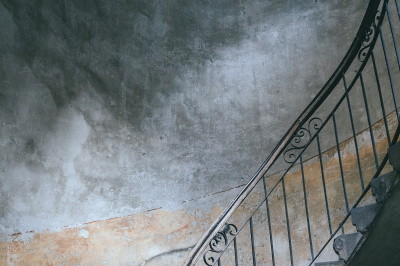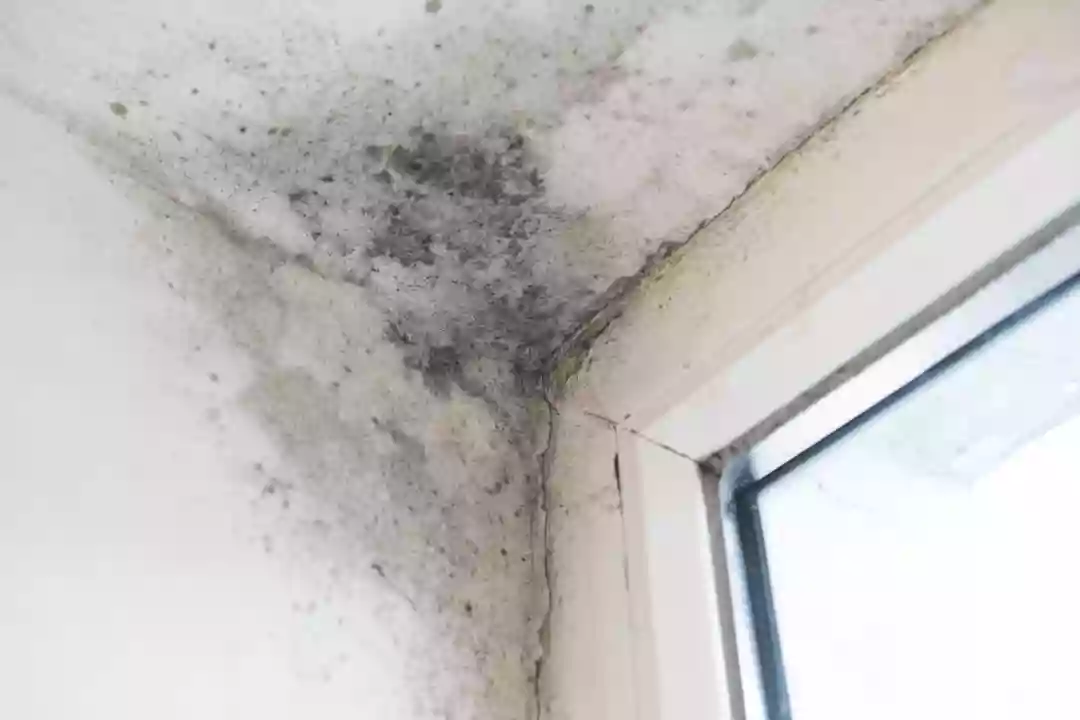What is Condensation?
Damp is an unwanted housemate that no one enjoys. An unwelcome presence in the home, it can cause all sorts of problems and is particularly damaging to the structure of your property and the health of its occupants. As such, it's important to understand the various types of damp and take steps to identify and treat them as soon as possible.
The most common type of damp is condensation. It occurs when humid air comes into contact with cooler surfaces, such as walls, windows, and roof spaces. This cools the air quickly, and moisture is released, which then forms droplets on these surfaces. In order to prevent condensation from occurring, it's important to ensure that any humidity in the house is properly ventilated to avoid the build-up of moisture. This can be done through opening windows, using extractor fans, or installing ventilation systems.
Rising Damp
Rising damp is one of the more serious types of damp, as it can lead to the deterioration of brickwork and plaster if not treated promptly. This type of damp is caused by surface water, usually from rainwater, being absorbed into the mortar and brickwork of the house, and then travelling up the walls due to capillary action. This can be easily identified by the presence of a tide mark on the walls and the resulting peeling or flaking of wallpaper and paintwork. To treat rising damp, a professional may have to inject a chemical damp proof course into the affected walls, in order to prevent any further water absorption.

Need assistance finding damp proofing near you?
Get a QuoteDo I Have Penetrating Damp?
Penetrating damp affects homes with defective gutters, downpipes, chimneys, or flashing. It can often be identified by watermarks on the internal walls, a smell of mustiness, damp patches, and in extreme cases, even staining. If you suspect that you have this type of damp, then it's important to locate and repair any defective parts of the house, as well as provide adequate ventilation. This will help to reduce the amount of moisture in the air, and therefore mitigate any further damage to the property.
Defective Plumbing
Defective plumbing is another potential source of dampness in the home. This occurs when there is a leak in the pipes supplying water to the house, which then seeps into the walls and causes damp patches. To test if you have a plumbing-related problem, it's worth checking for any visible signs of leakage, as well as listening for running water in the walls. If leaks are found and ignored, the problem can become more difficult and costly to remedy.
The Knock-on Effects of Damp
Finally, it's important to remember that damp can have a range of knock-on effects, such as increased mould growth, the attraction of pests, and the rotting of wood fixtures. In addition, damp can also cause respiratory problems, skin irritation, and other health problems, particularly for those susceptible to allergies. As such, it's important to take prompt and appropriate action when any type of dampness is detected. By identifying the different types of damp and taking steps to remedy the problem swiftly, homeowners can help ensure the health and longevity of their properties.
In this article:
